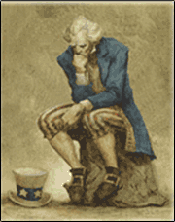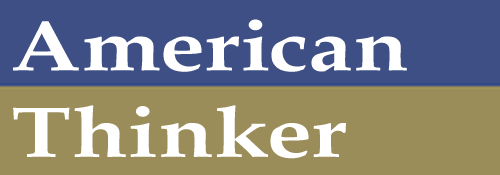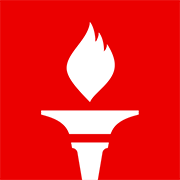Growing signs of democratic change in Iran
Iran is in upheaval, with riots in the streets. City by city, a starving army is taking to the streets. Bread, the only food that has enabled the poor to survive, has increased in price several times. Other basic foods have increased as well. The prices are unreasonable and not just the result of a shortage.
Supreme Leader Ali Khamenei seeks the survival of his rule. He has taken steps to promote Islamism at all costs — namely, its religious fundamentalism, its regional influence, and the quest for an atomic bomb.
Khamenei must now pay the costs of his networks in the region (such as Hezb'allah) and the cost of building an atomic bomb when foreign exchange reserves run out and sales of cheap oil to China are not enough. High and rising food prices might offset these costs.
The regime has also chosen to set up subsidies for the purchase of wheat and other foodstuffs and promises cash subsidies to the population. But it provides these subsidies by printing banknotes without collateral. Iran's money is almost worthless paper, and even with these new cash subsidies, people cannot even buy a kilo of oil.
The emergence of COVID-19 helped Khamenei remain in power. Khamenei considered the pandemic a divine blessing. He thought that because of the coronavirus's frightening mortality rates, people would focus on their own survival and forget about protesting the government. For this reason, Khamenei issued a fatwa banning the import of vaccines from Western countries.
However, Khamenei's wish did not come true: at least four uprisings took place, including in Khuzestan and Baluchistan, during the pandemic.
Khamenei now wants to pursue the same objective by inflating the price of food and forcing Iran's people to worry about their basic needs as a way to prolong the regime's survival.
No one can predict the people's reaction to mass hunger because families cannot find even a piece of bread on which to survive. Starvation is very different from the gasoline price hikes that led to the November 2019 uprising, which was quelled only after Khamenei directly ordered the military to shoot and kill 1,500 young insurgents.
In 2016, a new class of Iranians was formed. It combines the middle class driven into poverty with the lower classes. It grew in the 2018 uprising and came of age in the November 2019 uprising. One of the most important characteristics of this new class is that it is completely aware of what it wants and what it does not want.
The pretext of the increase in the price of basic foodstuffs is, in fact, masking economic, social, and political discontent in the country. These events can be compared to the Lebanese protest rallies that took place in 2019, which were also triggered by a spark — the WhatsApp tax — but were, in fact, directed against economic and political corruption in the upper echelons of government and against a political system based on sectarian and religious divisions.
The demonstrations now taking place throughout Iran are the result of significant economic discontent, but they also reveal the depth of political protest over the inability of the people to control their own destiny and that of their country. The supreme leader has dominated everything. To get a president ready to follow him — like Ebrahim Raisi, who has a heavy responsibility for the 1988 prison massacres — Khamenei did not hesitate to disqualify the other candidates, at the risk of offering a lamentable spectacle during the presidential campaign. In June 2020, the massive boycott of the election only confirmed this impression.
The international community wants the Iranian regime to give up its regional support of terror and abandon the idea of acquiring nuclear weapons. It is quite likely that this will one day lead to a collapse of Iran's supreme leader, who has relied so far on the pillars of regional influence, terrorism abroad, and repression at home.
Iran's newly formed social class is fully aware of what it wants. From this new class, resistance units have formed all over Iran. It was they who led the uprising in November 2019. It was also these units that set fire to the statue of Qassem Soleimani, the murderous icon of regional influence, and smashed other symbols of the Iranian regime.
Khamenei fears that the protests are organized; that's why he elevated Raisi, who has a long association with political brutality. Therefore, among the intellectuals of Iranian society, the arrival of Raisi is a clear sign that democratic change in Iran is imminent.

Image: NicolasGaron.





